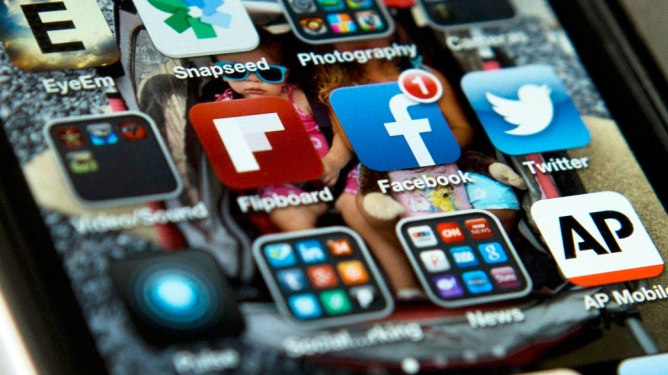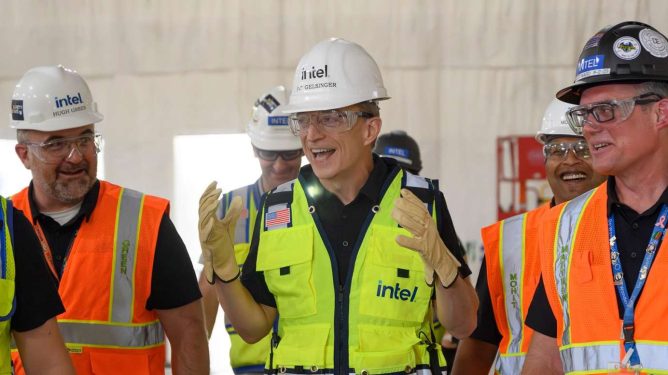Introduction to the Breakthrough
In a moment that marked a quantum leap in the world of robotics, engineers at Columbia University have unveiled a robotic hand that demonstrated unprecedented levels of dexterity and sensitivity. This achievement is nothing short of remarkable, as it paves the way for a new era in artificial intelligence and automation.
The capabilities of this robotic hand are truly extraordinary. It operates with precision and grace, much like the dexterous manipulation of human hands, even in the absence of visual input. Imagine a robot hand that can delicately manipulate objects, execute intricate tasks, and maintain stability without relying on sight—a true marvel of modern technology.
The Limitations of Traditional Robotic Manipulators
Traditionally, the realm of robotic manipulation has been dominated by basic "pick and place" operations. While these tasks are essential for many industrial applications, more complex and nuanced activities have long eluded the capabilities of machines. This limitation has sparked curiosity and innovation among researchers in the field of robotics and artificial intelligence.
Dr. Kevin Washington, a renowned engineer at Columbia University, has been at the forefront of this groundbreaking research. His team has developed a robotic hand that surpasses conventional limits, achieving tasks that were once considered beyond the reach of machine capabilities.
The Innovations Behind the Revolutionary Robotic Hand
The Columbia engineers achieved this extraordinary feat through two key innovations: advanced tactile sensors and reinforcement learning algorithms.
Advanced Tactile Sensors
The robotic hand utilizes state-of-the-art optics-based tactile sensors, designed to mimic human tactile sensitivity. These sensors enable the robot to "feel" its surroundings with precision, allowing it to interact with objects in a highly nuanced manner.
Reinforcement Learning Algorithms
At the core of this breakthrough is the application of reinforcement learning algorithms. Unlike traditional machine learning approaches, reinforcement learning allows AI systems to learn through trial and error, gradually refining their skills over time.
The robot hand uses simulation as its training ground, where it can practice tasks in a virtual environment before transferring its learned skills to the real world. This process is remarkably efficient—a year’s worth of practice can be completed in mere hours. The skills acquired in this simulated environment are then seamlessly transferred to the physical robotic hand.
The Implications for Robotics and AI
The development of this highly dexterous robotic hand holds profound implications for the future of robotics and artificial intelligence. Its capabilities open up new possibilities across a wide range of industries, including logistics, manufacturing, and even healthcare.
Applications in Logistics
In logistics, such a robotic hand could revolutionize assembly lines and warehouse operations. Imagine a robot hand capable of sorting and manipulating goods with precision, ensuring efficiency and reducing human error.
Applications in Manufacturing
The ability to perform intricate tasks with dexterity and precision could significantly enhance manufacturing processes. From microchip assembly to metal fabrication, the potential for innovation is immense.
Applications in Healthcare
In healthcare, this technology could pave the way for more advanced prosthetics and rehabilitation devices. The ability to manipulate small objects with ease could greatly improve surgical precision and rehabilitation outcomes.
The Future of Robotics
As the Columbia team continues to explore the boundaries of what is possible, the door is opening for even greater advancements in robotics and artificial intelligence. This breakthrough represents a significant step forward in our quest to create machines that truly "think" and "intelligently" interact with the world around them.
The development of this robotic hand is not just a technological milestone—it represents a major leap forward in our understanding of what it means for machines to be truly intelligent. As we continue to push the boundaries of innovation, the possibilities for a future where machines and humans work together seamlessly are boundless.






